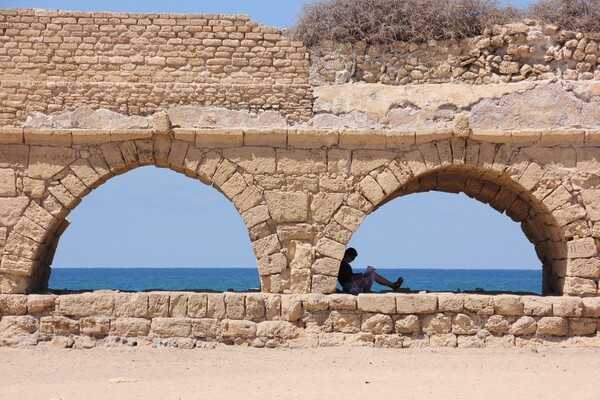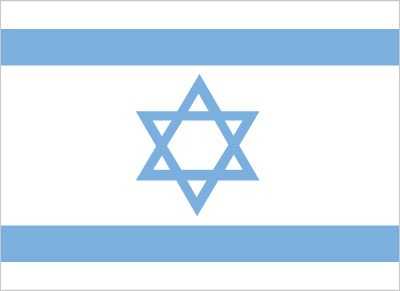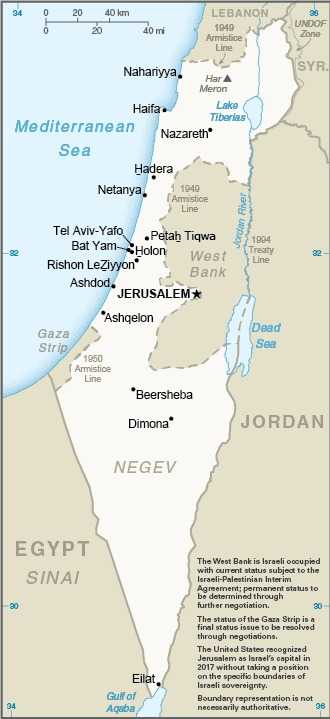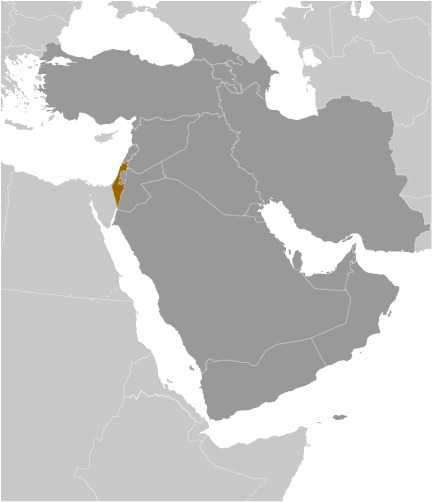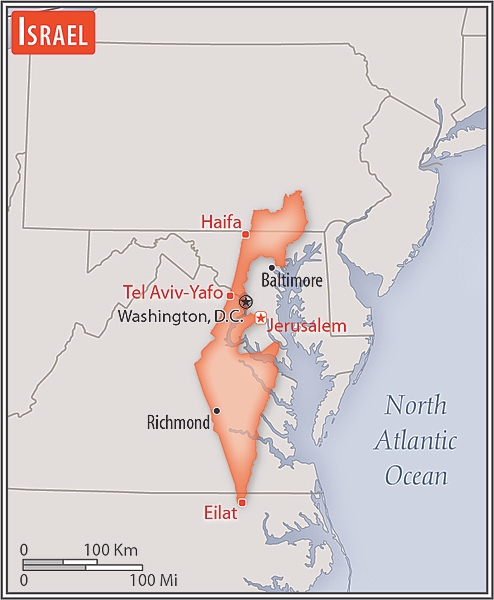Introduction
Visit the Definitions and Notes page to view a description of each topic.
Geography
People and Society
Population
comparison rankings: total 98; male 96; female 97
Languages
Median age
comparison ranking: total 140
Population growth rate
comparison ranking: 59
Birth rate
comparison ranking: 74
Death rate
comparison ranking: 189
Net migration rate
comparison ranking: 51
Maternal mortality ratio
comparison ranking: 192
Infant mortality rate
comparison ranking: total 213
Life expectancy at birth
comparison ranking: total population 16
Total fertility rate
comparison ranking: 50
Obesity - adult prevalence rate
comparison ranking: 45
Alcohol consumption per capita
comparison ranking: total 112
Tobacco use
comparison ranking: total 78
Education expenditure
comparison ranking: Education expenditure (% GDP) 23
Environment
Carbon dioxide emissions
comparison ranking: total emissions 49
Government
Economy
Real GDP (purchasing power parity)
comparison ranking: 51
Real GDP growth rate
comparison ranking: 179
Real GDP per capita
comparison ranking: 44
Inflation rate (consumer prices)
comparison ranking: 95
GDP - composition, by sector of origin
comparison rankings: agriculture 167; industry 153; services 29
Industrial production growth rate
comparison ranking: 175
Labor force
comparison ranking: 91
Unemployment rate
comparison ranking: 50
Youth unemployment rate (ages 15-24)
comparison ranking: total 156
Gini Index coefficient - distribution of family income
comparison ranking: 55
Taxes and other revenues
comparison ranking: 35
Current account balance
comparison ranking: 22
Reserves of foreign exchange and gold
comparison ranking: 19
Energy
Electricity
comparison rankings: installed generating capacity 46; consumption 46; exports 35; transmission/distribution losses 149
Energy consumption per capita
comparison ranking: 40
Communications
Telephones - fixed lines
comparison ranking: total subscriptions 37
Telephones - mobile cellular
comparison ranking: total subscriptions 78
Broadband - fixed subscriptions
comparison ranking: total 51
Transportation
Merchant marine
comparison ranking: total 123
